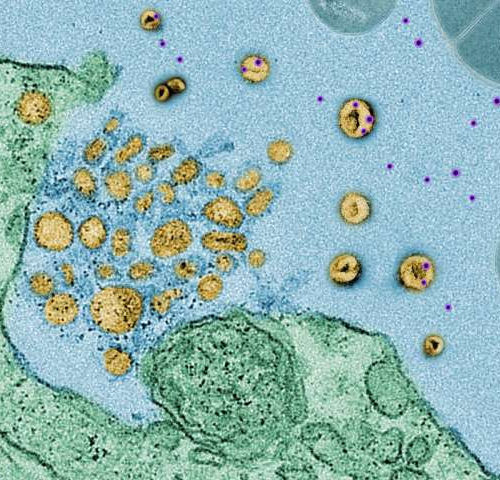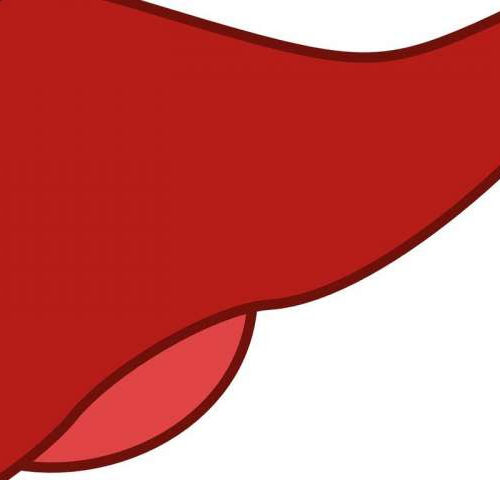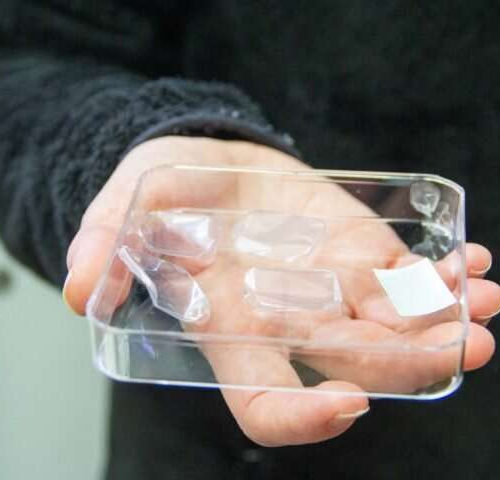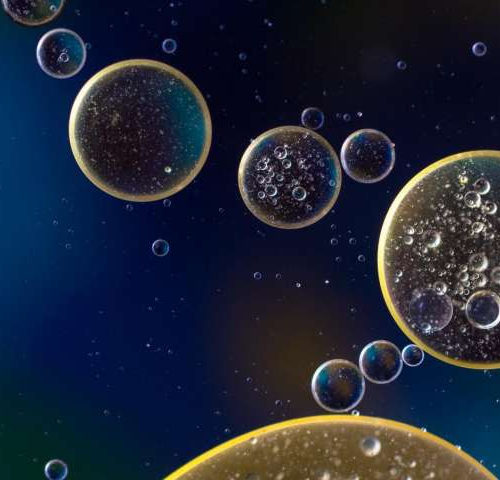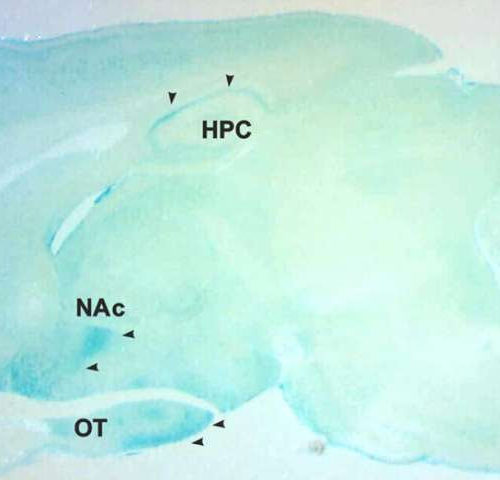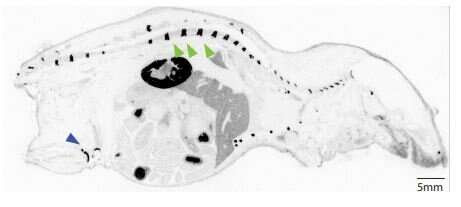by David March, NYU Langone Health A “decoy” mechanism has been found in human and animal cells to protect them from potentially dangerous toxins released by foreign invaders, such as bacteria. Scientists at NYU Grossman School of Medicine have found that cells exposed to bacteria release tiny, protein-coated packages called exosomes, which act like decoys...
Researchers help restore hormonal balance disrupted in metabolic diseases
by Yale University Many health problems in the developed world stem from the disruption of a delicate metabolic balance between glucose production and energy utilization in the liver. Now Yale scientists report March 4 in the journal Nature that they have discovered the molecular mechanisms that trigger metabolic imbalance between these two distinct but linked...
New delivery method could transform vaccine distribution to remote, developing areas
by Nick Nobel, University of Texas at Austin Access to vaccines around the world could get easier thanks to scientists in the College of Pharmacy at The University of Texas at Austin who have developed an inexpensive and innovative vaccine delivery method that preserves live viruses, bacteria, antibodies and enzymes without refrigeration. Maria A. Croyle...
Study shows low carb diet may prevent, reverse age-related effects within the brain
by Stony Brook University A study using neuroimaging led by Stony Brook University professor and lead author Lilianne R. Mujica-Parodi, Ph.D., and published in PNAS, reveals that neurobiological changes associated with aging can be seen at a much younger age than would be expected, in the late 40s. However, the study also suggests that this...
New next-generation sequencing technique dramatically shortens diagnosis of sepsis
by Elsevier A report in the Journal of Molecular Diagnostics, published by Elsevier, describes a new technique that uses real-time next-generation sequencing (NGS) to analyze tiny amounts of microbial cell-free DNA in the plasma of patients with sepsis, offering the possibility of accurate diagnosis of sepsis-causing agents within a few hours of drawing blood. Current...
Researchers discover a new diet-associated gut-microbe metabolite linked to cardiovascular disease
by Cleveland Clinic Cleveland Clinic researchers have identified a gut microbe generated byproduct—phenylacetylglutamine (PAG) – that is linked to development of cardiovascular disease, including heart attack, stroke and death. The study was published in Cell today. Cleveland Clinic researchers, led by Stanley Hazen, MD, PhD, have identified a gut microbe generated byproduct – phenylacetylglutamine (PAG)...
Drug that keeps surface receptors on cancer cells makes them more visible to immune cells
by Cell Press A drug that is already clinically available for the treatment of nausea and psychosis, called prochlorperazine (PCZ), inhibits the internalization of receptors on the surface of tumor cells, thereby increasing the ability of anticancer antibodies to bind to the receptors and mount more effective immune responses. PCZ enhanced the ability of anticancer...
Researchers discover a previously unappreciated neurotransmitter system in the brain
by St. Petersburg State University Neurotransmitters are chemicals that transmit signals between neurons or from neurons to other cells. They interact with specific receptors found in the brain of humans and animals, controlling a variety of biological processes, e.g. fear, anger, pleasure, memory, energy, appetite and sleep. Today, scientists know various types of neurotransmitter systems:...
Tiny scorpion-derived proteins deliver arthritis drugs to joints in preclinical study
by Fred Hutchinson Cancer Research Center Millions of Americans live with the pain and physical limitations of arthritis and other inflammatory diseases. Steroids and other drugs can offer relief, but they can also come with a host of serious side effects. A new study published March 4 in Science Translational Medicine suggests that a scorpion-derived...
Scientists explore how the brain trains muscles to move
But research into the neurological process of learning how to move suggests that it might be more accurate to say “mindful practice makes perfect.” This may not sound revolutionary to anyone who’s ever shot a free throw like LeBron or knocked a golf ball like Nicklaus. Star athletes understand that visualizing the shot is critical...

